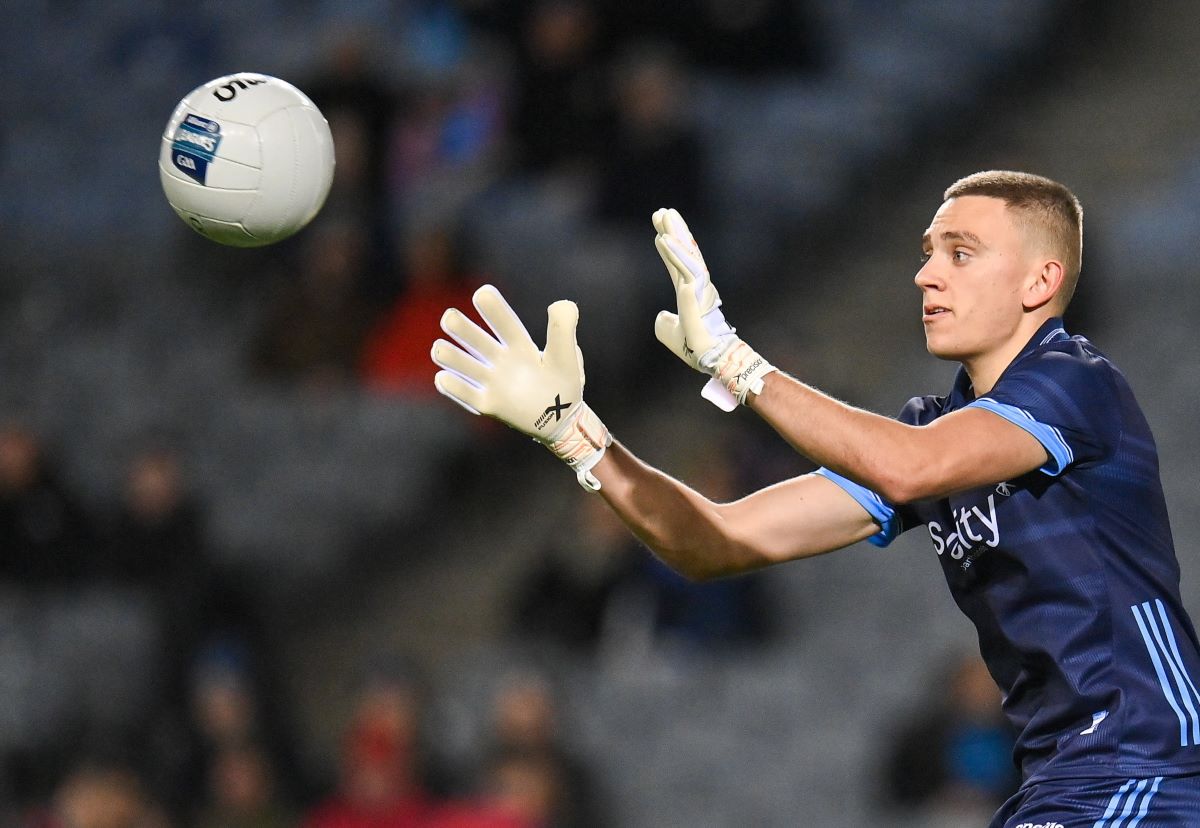By Patrick Morrison
IT was back in the early ‘90s that I first experienced the game of basketball. As a tall primary six student I was afforded a place on the school basketball team.
We were coached by Jimmy McKee (Pearse Ógs) in the Christian Brothers PS and competed in a few competitions throughout the year. At the CBS I had the pleasure of playing on the team for my final two years of school.
After moving on to St Pat’s Grammar, I continued this love of basketball for seven years being coached by Sammy Collins and Paddy Mohan. We had a great team throughout those seven years regularly winning Ulster titles and competing at All-Ireland level just never being able to crack the Metropolitan school codes.
We would practice relentlessly whenever we had the chance playing ‘Shooter,’ 3v3, or ‘Donkey’ at break times. Sometimes we’d even pull the trampoline out and have slam dunk contests. The craic was mighty.
Our dedicated coaches would spend two or three sessions a week training us in the various skills of the game. Focusing on dribbling, running lay-ups, passing, shooting two- and three-pointers, steals, man-to-man defence and zonal defence as well as running our various offensive strategies.
One other important area that we would train regularly was rebounding. This was to teach us how to ‘Crash the Boards’ after a shot was taken. The main concept of rebounding was to regain control of the ball after it rebounded back off the rim/backboard either by catching the ball clean or tipping it to a place where it was more favourable for your team to collect. Jostling and scrimmaging for rebounds was par for the course.
Another major part of rebounding effectively was ‘Boxing Out.’ Simply put, boxing out was usually performed by the player closest to the rebound and they took up a wide as a gate stance with their arms and legs opened wide, facing the basket and holding off their opponent by pushing them back with their backside and their bodyweight. Once they were in position they would jump to collect the rebound.
Last weekend, Stephen Coen scored a vital goal against Dublin in their National League encounter. The Mayo man rose above Dublin custodian David O’Hanlon to flick Jordan Flynn’s under hit shot to the back of the net. The Dublin goalkeeper has come under some scrutiny for not dealing with the ball within his crease.
For me, the scrutiny has been unjust and somewhat unfair. As a goalkeeper the worst type of high ball to deal with is the dreaded under hit shot. Shots tend to be played upward into the air in comparison to placed passes. When under hit, it means that their trajectory is usually straight down and if coursing toward the crossbar they can be very difficult to deal with.
As well as this, the goalkeeper is almost always caught underneath the ball meaning they are very rarely afforded ample room for an effective run up to lead them into their jump resulting in them operating from a standing start.
If a forward has a run on the goalkeeper, like Stephen Coen did, then they will hold all the aces in this scenario and will usually come out on top.
So what can goalkeepers do to counteract this?
Well first and foremost it is vital for the team to come to the realisation that when a high ball is launched into their square it needs to be a collective effort to repel the attack. It is unwise and extremely risky to leave this duty to just one player alone. Both the goalkeeper and the defence must deal with this situation together. How says you?
By using the Box Out method. We used this method whenever I played for Armagh and I also installed it into the Down senior team last season with great success.
Once the defending teams realises that a high ball is to be played or a shot is going to be taken, even if it is going to be a scored shot, the defenders must assume their box out stance by reversing their backside into their opponents with a wide as a gate stance. They then use their bodyweight to manoeuvre their opponents away from the drop zone of the football which then allows the goalkeeper to come and collect the ball unopposed.
Within this there are of course going to be ‘What If’ scenarios that will need to be ironed out and it will also be required to undergo a rigorous bout of testing before allowing it to be performed in competitive games but once perfected, teams become very secure underneath the high ball.
It is very important for the defender to get the contact on early as well as ensuring that they are not holding and/or pulling at their opponent as this can be penalised for a foul but if the defenders are facing their own goal the likelihood of this happening is severely diminished.
I implore you to try it yourself with the teams you are involved with and see just how much more defensively sound they will become underneath the dreaded high balls.
Some of the smallest players on the field can out jump the tallest players simply by executing a good box out technique. So whenever those high balls are heading for your small square, don’t freak out. Box Out.
Email: pmgoalkeeping@hotmail.com Facebook: @MSoG11; Twitter: @MorSchGk
Receive quality journalism wherever you are, on any device. Keep up to date from the comfort of your own home with a digital subscription.
Any time | Any place | Anywhere












